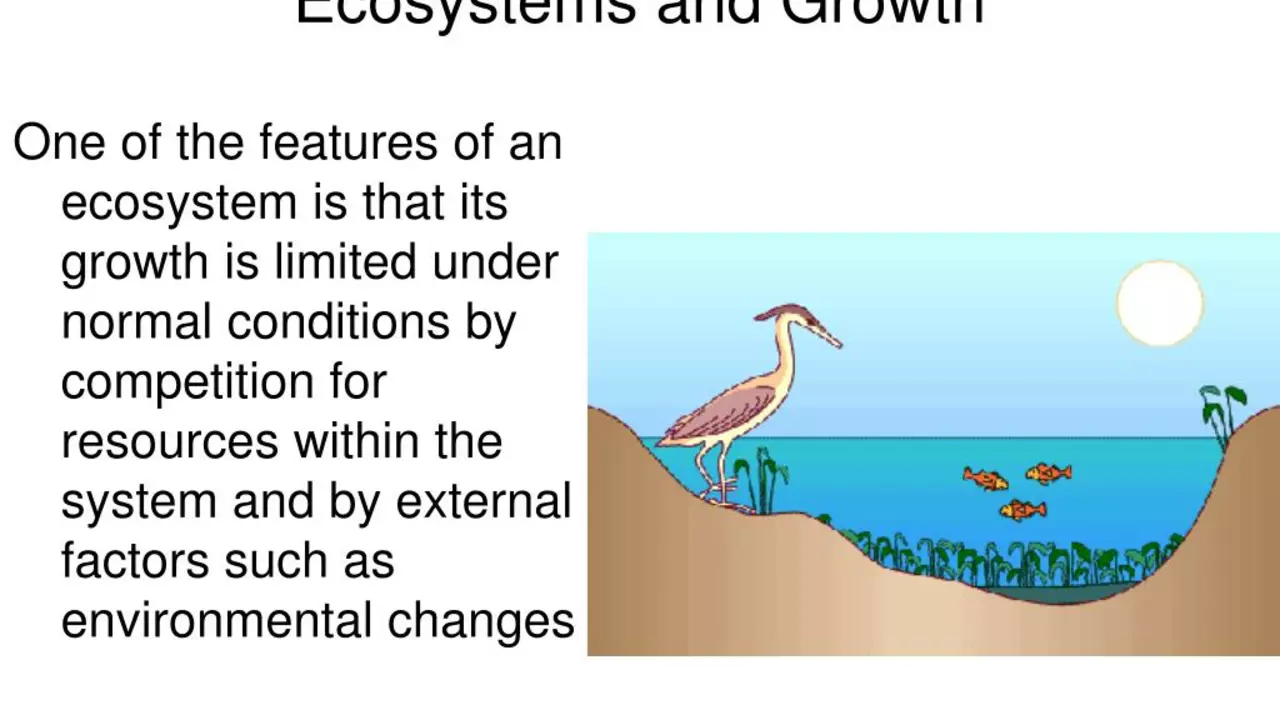Understanding the Abiotic Environment
The term 'abiotic' may sound like a complicated scientific term, but it simply refers to non-living components in our environment. Essentially, the abiotic environment includes all the physical and chemical factors that influence living organisms. These factors could be anything from sunlight and temperature to soil and atmospheric gases. Let’s dive deeper into what makes up the abiotic environment and why it’s so crucial for life on earth.
Components of the Abiotic Environment
Abiotic factors are broadly classified into three categories: climatic, edaphic, and topographic. Climatic factors relate to the weather and atmospheric conditions such as sunlight, temperature, wind, humidity, and precipitation. Edaphic factors are associated with the soil, including its texture, composition, and pH. Lastly, topographic factors refer to the physical features of the land such as altitude, slope, and aspect. Each of these components plays a vital role in shaping the abiotic environment.
Sunlight: The Energy Source of Life
Sunlight is a fundamental abiotic factor and the primary source of energy for most life forms on earth. Photosynthesizing organisms, for example, convert sunlight into energy, which then fuels the food chain. The amount and intensity of sunlight vary depending on the time of day, season, and geographical location, affecting the distribution and behavior of organisms.
Temperature: A Critical Determinant for Survival
Temperature is another key abiotic factor that influences an organism's survival and distribution. Different species have adapted to thrive in different temperature ranges, from the freezing polar regions to the scorching deserts. Temperature can affect metabolic rates, growth, reproduction, and other biological processes.
Wind: A Force of Nature
Wind, while often overlooked, is a significant abiotic factor. It can influence temperature and humidity, spread seeds and pollen, shape landscapes, and even impact the behavior and distribution of animals. Some species have evolved specific adaptations to deal with high wind conditions.
Water: The Essence of Life
Water is possibly the most critical abiotic component, as no life form can survive without it. It's involved in almost every biological process, including digestion, excretion, and temperature regulation. The availability of water significantly impacts the distribution and diversity of organisms in a given area.
Soil: The Foundation of Terrestrial Life
Soil, an edaphic factor, is crucial for terrestrial life. It provides a habitat for numerous organisms and offers essential nutrients for plant growth. The type and quality of soil can greatly influence the types of organisms that can thrive in a particular area.
Role of Abiotic Factors in Ecosystems
Abiotic factors play a significant role in shaping ecosystems by influencing which organisms can survive in a given environment. They also determine the adaptations and behaviors that species develop to cope with environmental conditions. Understanding these factors can help us predict how ecosystems may change in response to changes in these abiotic factors.
Human Impact on the Abiotic Environment
Human activities have a significant influence on the abiotic environment. We modify landscapes, change the composition of the atmosphere, alter water cycles, and even impact global temperatures. Understanding our influence on these abiotic factors is crucial for predicting and mitigating potential environmental impacts.

